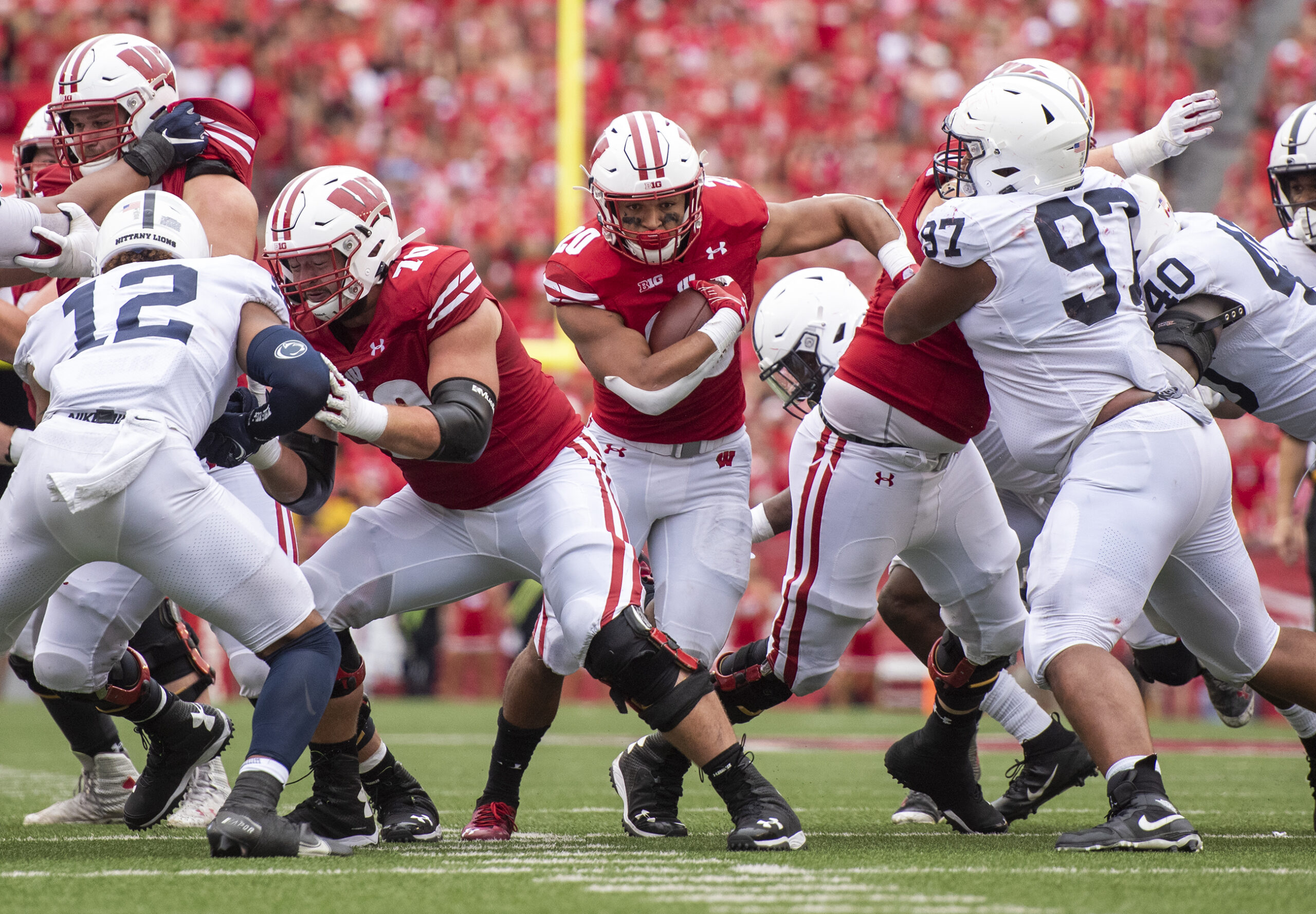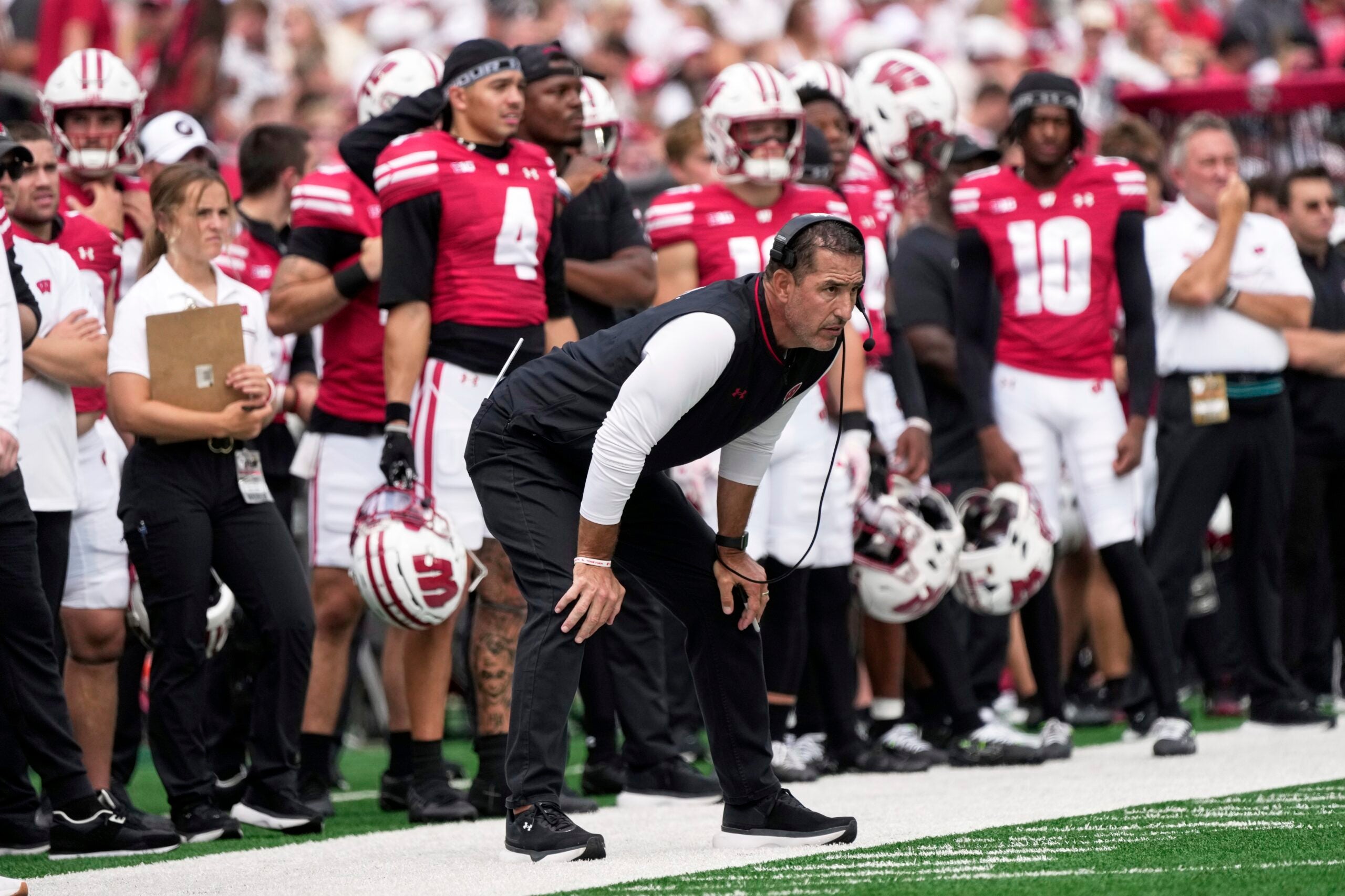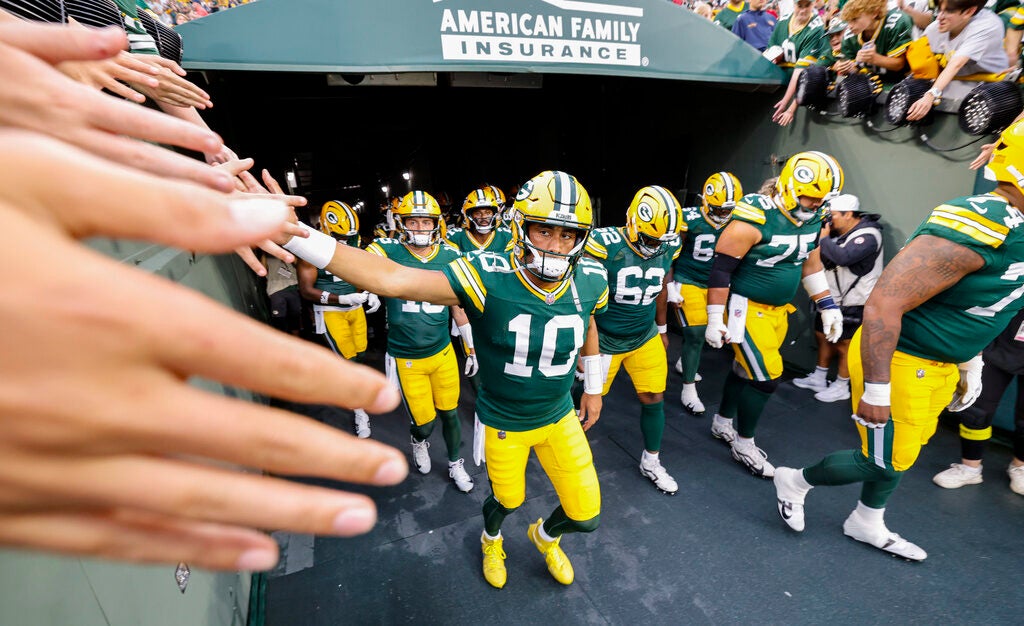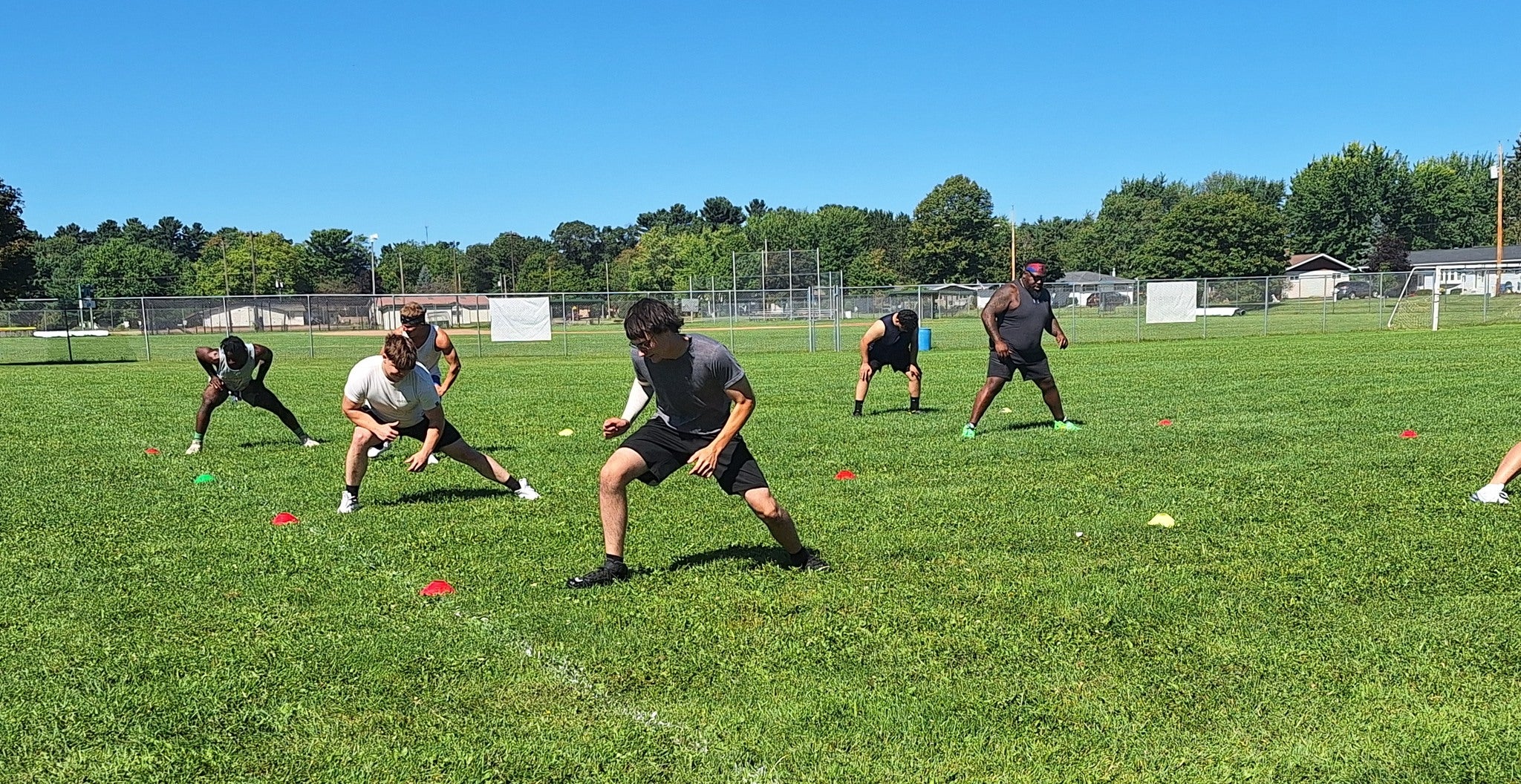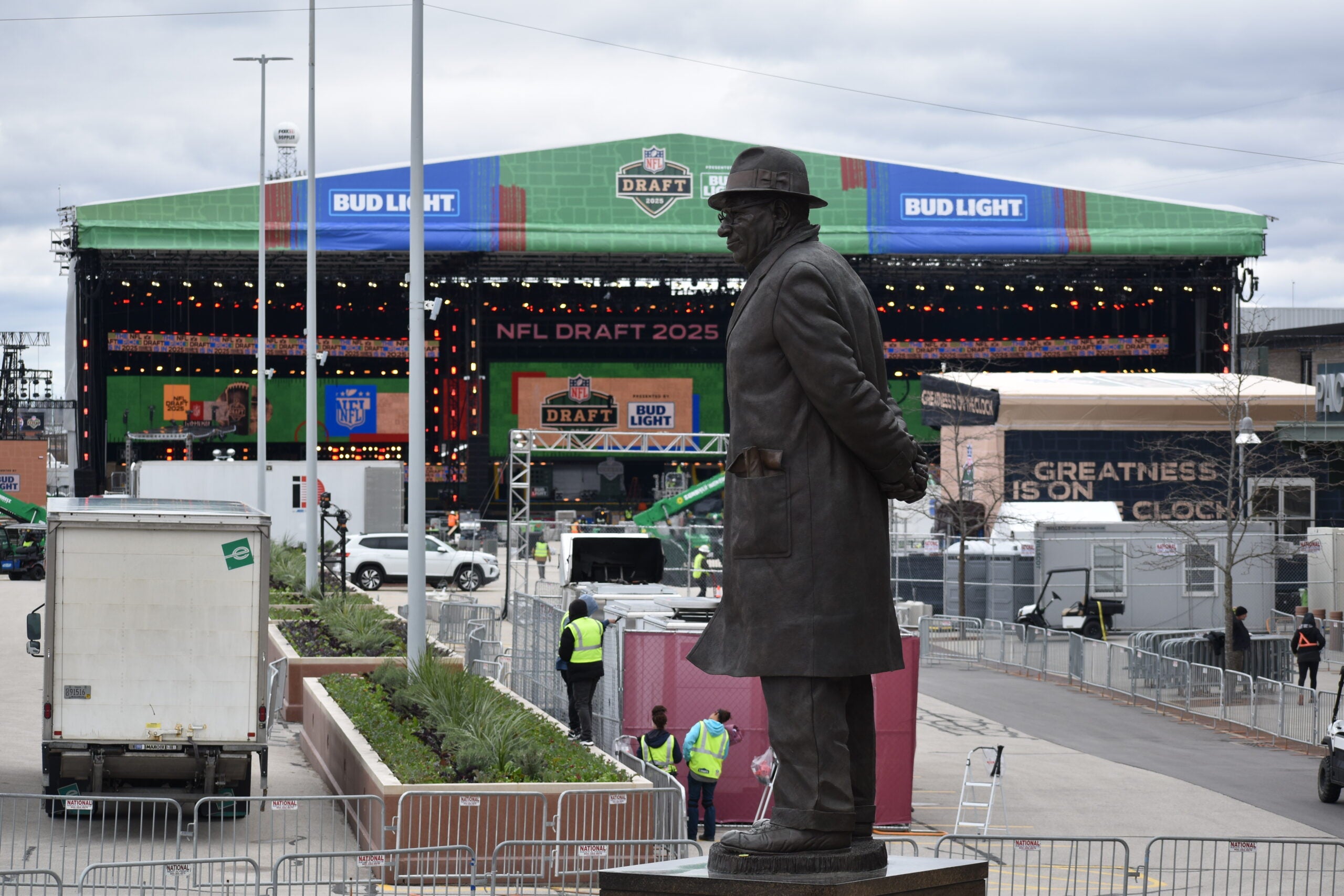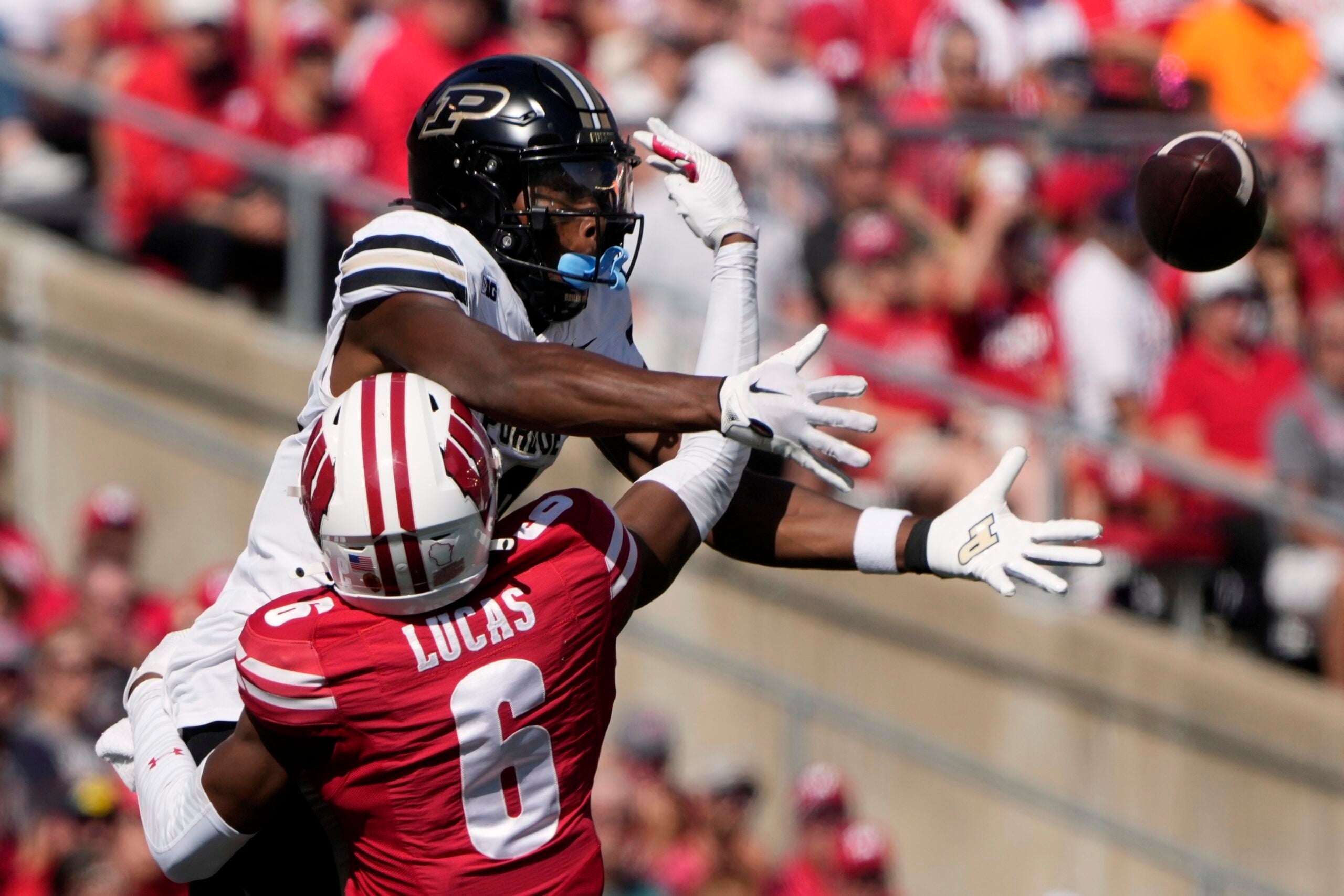The head of athletics at the University of Wisconsin-Madison this week defended a proposed $300 million practice facility and backed two West Coast teams joining the Big Ten Conference.
UW athletic director Chris McIntosh made the comments Monday during an interview with Shereen Siewert on Wisconsin Public Radio’s “The Morning Show.”
On Aug. 18, the UW System Board of Regents approved submitting the practice facility proposal to state lawmakers as part of next year’s state budget deliberations. McIntosh said current facilities are decaying and in poor quality compared to peer institutions.
News with a little more humanity
WPR’s “Wisconsin Today” newsletter keeps you connected to the state you love without feeling overwhelmed. No paywall. No agenda. No corporate filter.
Additionally, the Big Ten Conference on June 30 approved a plan to add the University of Southern California and the University of California, Los Angeles in 2024. McIntosh said despite new challenges such as travel, the move would be good for the university and the conference.
Read more from McIntosh’s appearance on “The Morning Show,” edited for clarity and brevity:
Shereen Siewert: USC and UCLA are joining the Big Ten in 2024. What does that mean for UW-Madison?
Chris McIntosh: It’s a good position for UW-Madison and certainly the Big Ten. It’s indicative of a changing landscape across college athletics. It would have been impossible a short time ago to envision an opportunity like the one that we were presented with — two great schools academically and athletically (with) a lot of history and tradition.
But it marks a turning of the times for college athletics, and it’s a great opportunity for our conference and in turn for UW-Madison. It’s a great opportunity for our student athletes. They’re excited about it. (They are) two great schools to compete against. But the ripple effects of that decision across college athletics are yet to be felt in its entirety.
SS: The move adds two West Coast schools to a conference that is otherwise based out of the Midwest and the Northeast. Does geography matter for conferences anymore?
CM: It used to be very important. That’s where conferences were largely born out of. I’d go back to this idea that the landscape of college athletics is just being redefined right now. And so, the Big Ten as a coast-to-coast conference positions it in a strong way for sure.
It does come with challenges — obviously geographically, logistically (and) operationally. There are challenges, and we’re working through those now at the conference level in terms of trying to schedule and coordinate in a more intelligent way. But as a regional conference, those days are passed now and we’re seeing a lot of dominoes falling.
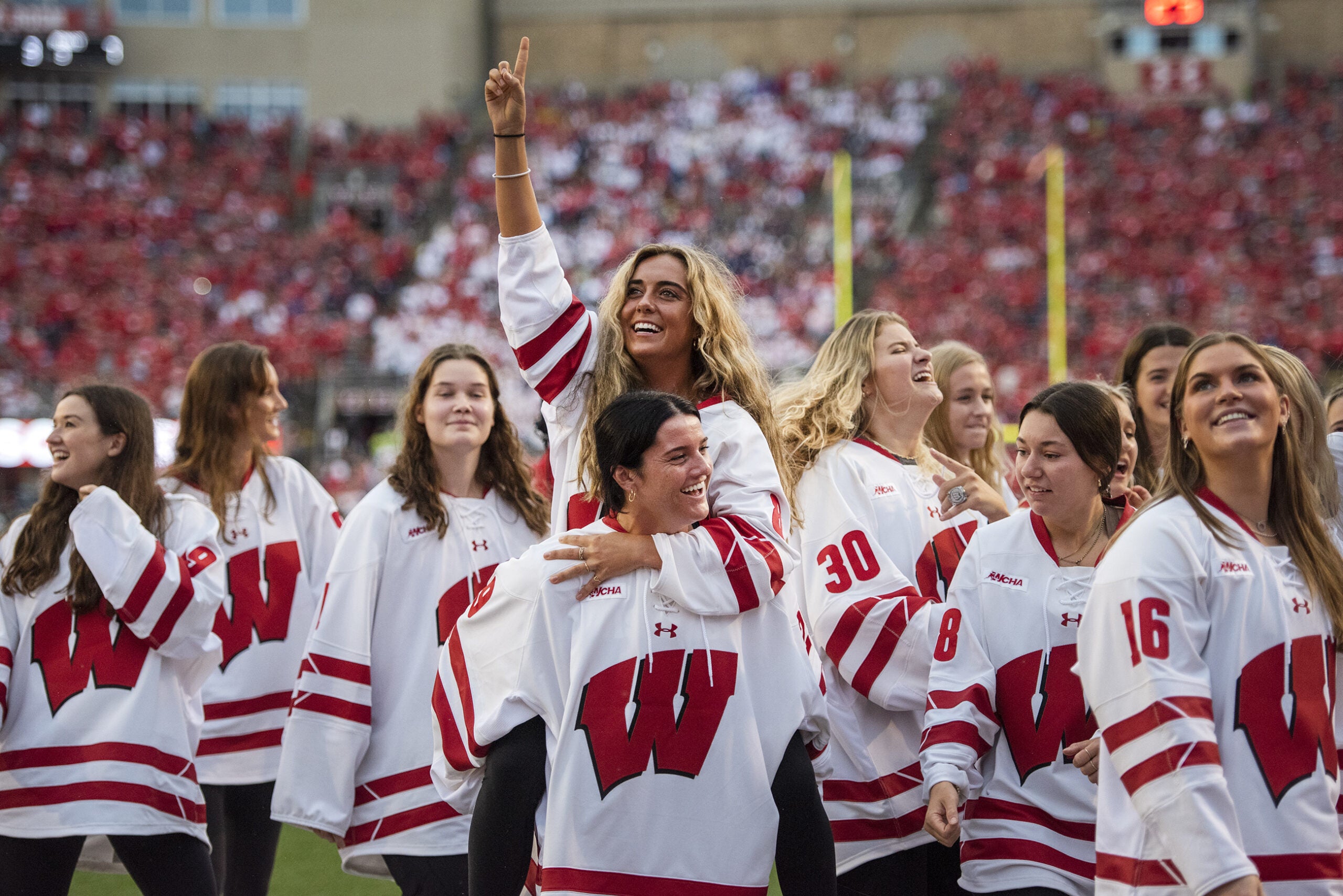
SS: The Big Ten this month signed a new seven-year contract with TV networks Fox, CBS and NBC, essentially cutting out ABC and ESPN, which previously aired games. Is this a good decision, and what will it mean for your programs?
CM: It will bring with it the opportunity to showcase additional sports — Olympic sports — in a way that we haven’t been able to. Technology through media has advanced.
In a more general sense, we’re really excited about our new media partners. It will obviously provide a spotlight for our student athletes to showcase their abilities both within competition and outside of (it). It goes without saying it will provide resources that we can then in turn use to support our mission, support our student athletes and also build some significant capital projects around campus. So, not to mention support an academic award incentive that we’re now able to provide, which allows us to provide a financial incentive for academic achievement — that comes at a price tag of, as it ramps up, almost $4 million a year.
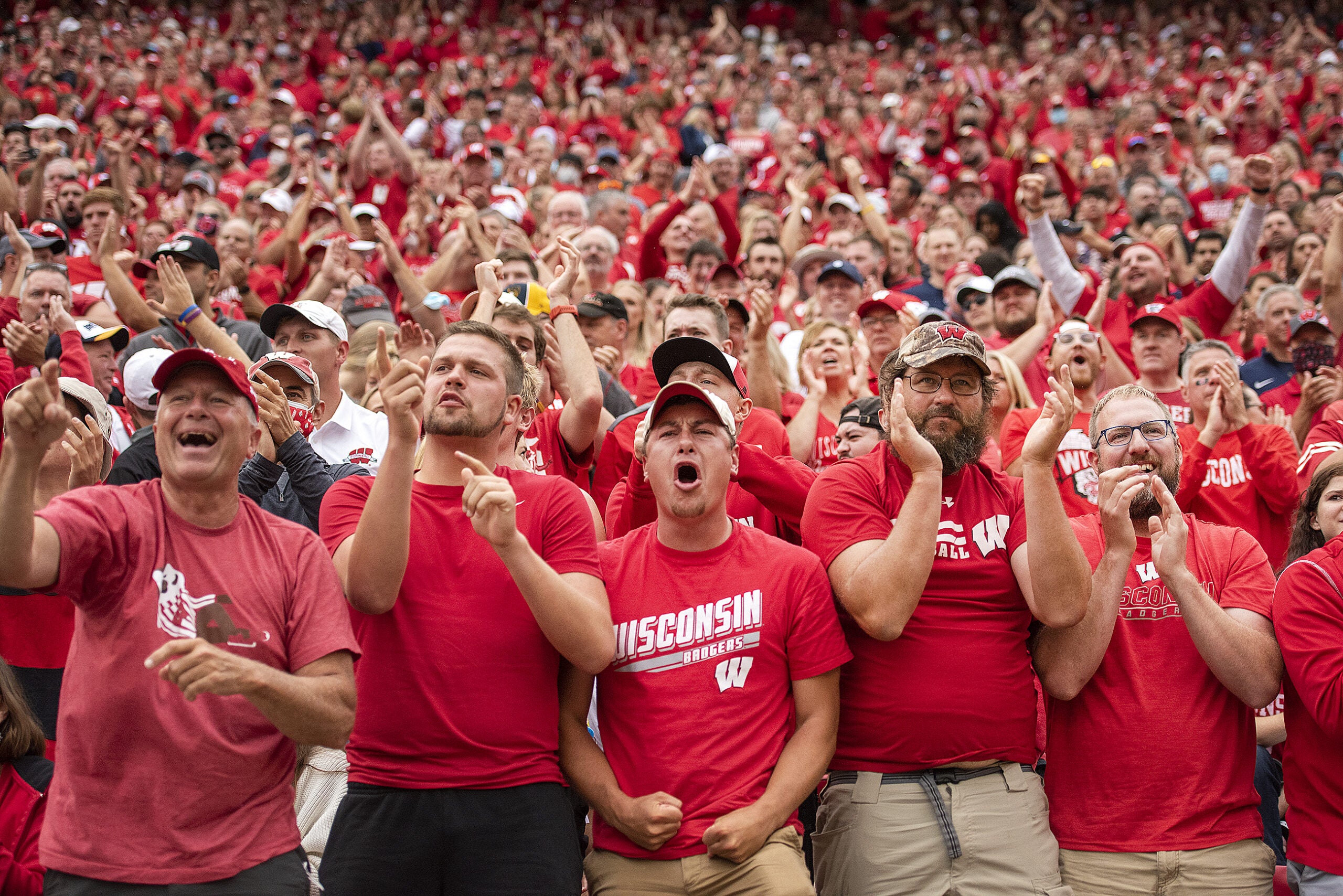
SS: What are you most excited about for this football season?
CM: I’m most excited about our team taking the field and playing in front of a full house of Badger fans … To be able to run into Camp Randall and to hear the support of the best fans in the country, it’s a reward. And it’s part of playing in a big program like ours.
When our team takes the field this year, Camp Randall (Stadium) will look a little different. (The) south endzone project will make its debut. The field will have a different name attached to it: Barry Alvarez Field at Camp Randall. Those mark significant changes. But one of the things that hasn’t changed, and I don’t expect to anytime soon, will be the support of our fans and the approach that our team takes to match up against an opponent.
SS: The UW System Board of Regents’ capital budget request for the next legislative session includes plans to demolish the Camp Randall Sports Center — known as the Shell — and replace it with a nearly $300 million new indoor football practice area. Why does Badger football want this new training facility?
CM: First and foremost, it’s important to clarify (that) this is a project that will serve more than just Badger football. So, it is an indoor practice facility, and it will house a football field much of the same way that our current structure does in the McClain Center. But consistent with that, we use the McClain Center for a variety of sports in addition to football.
So, this is an important project for all our programs. It’s a big one. It might be unprecedented in its stature. But right now, the Shell building, which is adjacent to Camp Randall, is in its last years. The McClain Center, which was built in the 1980s, consists of an 80-yard field. We’ve just found ourselves in the bottom three or four programs within the Big Ten in terms of modern day indoor practice facilities. It has become a glaring need that we need to address.
Wisconsin Public Radio, © Copyright 2026, Board of Regents of the University of Wisconsin System and Wisconsin Educational Communications Board.
